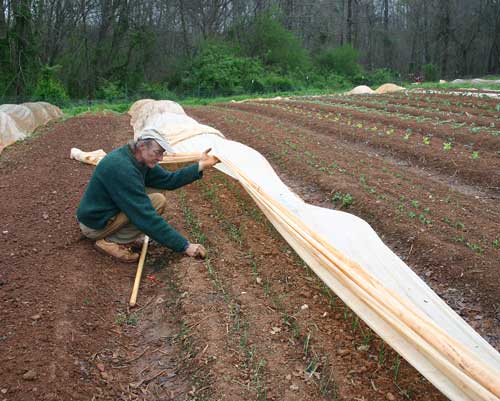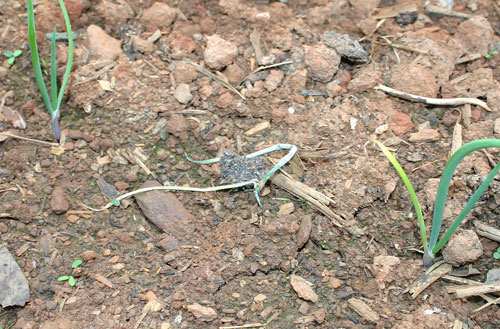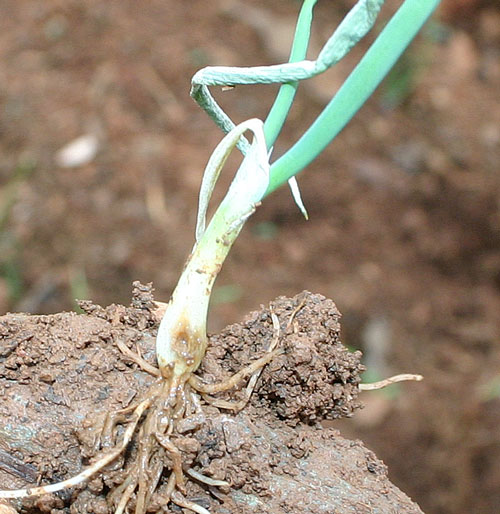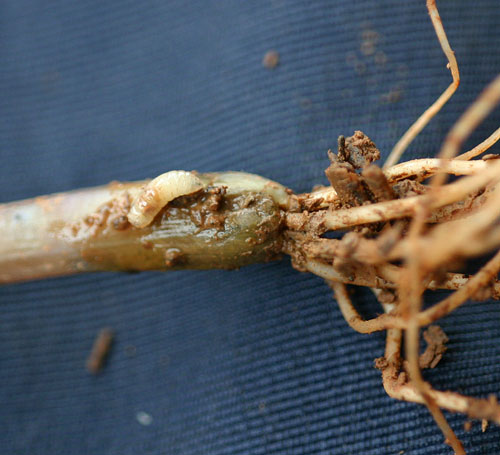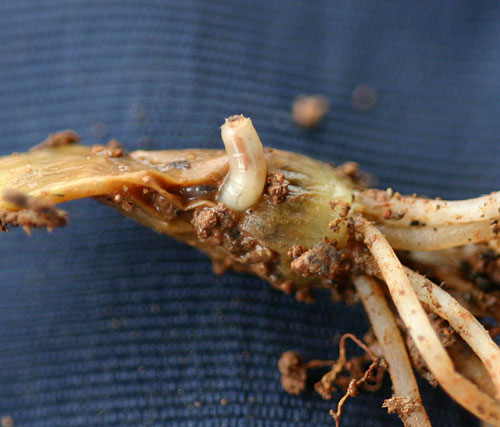Seedcorn Maggot in Onions
go.ncsu.edu/readext?175213
en Español / em Português
El inglés es el idioma de control de esta página. En la medida en que haya algún conflicto entre la traducción al inglés y la traducción, el inglés prevalece.
Al hacer clic en el enlace de traducción se activa un servicio de traducción gratuito para convertir la página al español. Al igual que con cualquier traducción por Internet, la conversión no es sensible al contexto y puede que no traduzca el texto en su significado original. NC State Extension no garantiza la exactitud del texto traducido. Por favor, tenga en cuenta que algunas aplicaciones y/o servicios pueden no funcionar como se espera cuando se traducen.
Português
Inglês é o idioma de controle desta página. Na medida que haja algum conflito entre o texto original em Inglês e a tradução, o Inglês prevalece.
Ao clicar no link de tradução, um serviço gratuito de tradução será ativado para converter a página para o Português. Como em qualquer tradução pela internet, a conversão não é sensivel ao contexto e pode não ocorrer a tradução para o significado orginal. O serviço de Extensão da Carolina do Norte (NC State Extension) não garante a exatidão do texto traduzido. Por favor, observe que algumas funções ou serviços podem não funcionar como esperado após a tradução.
English
English is the controlling language of this page. To the extent there is any conflict between the English text and the translation, English controls.
Clicking on the translation link activates a free translation service to convert the page to Spanish. As with any Internet translation, the conversion is not context-sensitive and may not translate the text to its original meaning. NC State Extension does not guarantee the accuracy of the translated text. Please note that some applications and/or services may not function as expected when translated.
Collapse ▲|
Photos by Debbie Roos, Agricultural Extension Agent. April 2009Description and Biology of the Seedcorn Maggot Seedcorn maggots are the larval stage of a fly that infests the seeds and roots of many different vegetable crops. The cool, wet conditions this spring have been ideal for this pest. Seedcorn maggots also prefer feeding in soils with high organic matter. Control measures: The maggots like moisture, so try not to give more water than the plants need. Crop rotation and sanitation is extremely important and you never want to leave onion culls in the field, because they can harbor larvae that later mature and reinfest fields. Planting as late as possible in the spring allows for rapid seedling establishment (but of course may conflict with market demands). Avoid planting in soils that are high in undecomposed organic matter. If you amend your soil with manure then you want to leave plenty of time for it to decompose before planting. Post-harvest plowing to bury and rapidly decompose crop residues will help to reduce overwintering populations. Row covers placed over transplants at the time of planting can reduce egg-laying activity.
More photos of seedcorn maggots in broccoli. This page last updated February 23, 2011. |



